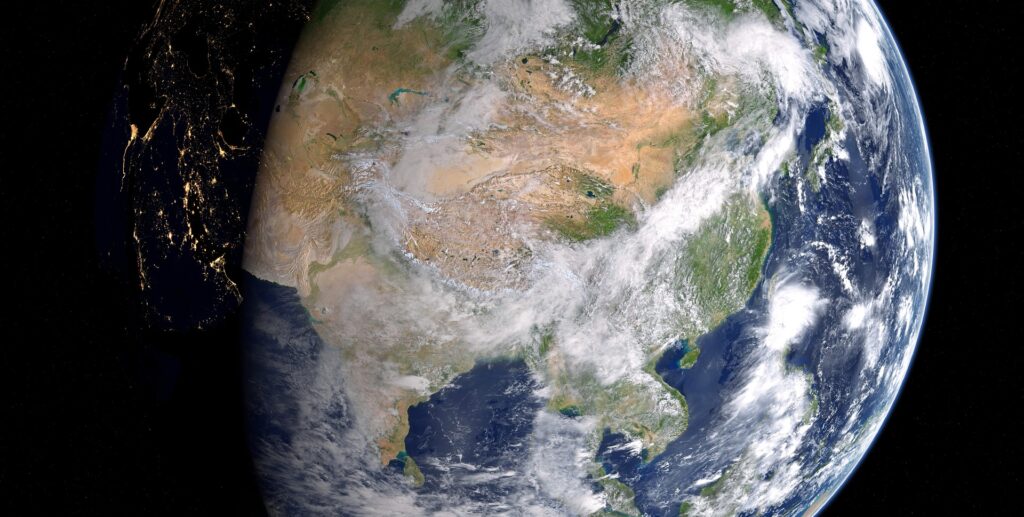The China Meteorological Administration (CMA) has begun trial operations of its meteorological satellites Fengyun-3E and Fengyun-4B, launched on July 5, 2021, and June 3, 2021, respectively. The in-orbit test of both satellites was completed at the end of May 2022.
FY-3E will join FY-3C and FY-3D to provide global data coverage for numerical weather prediction (NWP) at six-hour intervals, and effectively ramp up global NWP accuracy and time efficiency. FY-3E has been equipped with several observation instruments and 11 payloads, including three new instruments and seven upgraded instruments.
FY-4B is the first operational satellite among China’s new generation of geostationary orbit meteorological satellites. FY-4B has updated payloads and improved performance based on FY-4A. FY-4B has added a few new functions such as the water vapor detection channels in the geostationary orbit radiation imager and improved the spectrum of some channels. FY-4B, together with FY-4A, will form a dual-satellite network, jointly conducting high-frequency monitoring of the atmosphere and clouds to obtain atmospheric vertical information from clear skies and thin cloud areas.
FY-3E has so far released three batches of satellite observation images including solar, atmospheric and earth observation. It has also played an important role in providing observation data on La Nina, glacier melts in Antarctica and Arctic, solar eruption, and typhoon monitoring.
FY-4B data has been applied during the in-orbit test. During the Beijing 2022 Olympic Winter Games, the quantitative products generated by FY-4B observation data, such as the high spatial and temporal resolution cloud images and snow cover products, supported meteorological services. FY-4B data has also been applied to monitor the Tonga volcano eruption.



